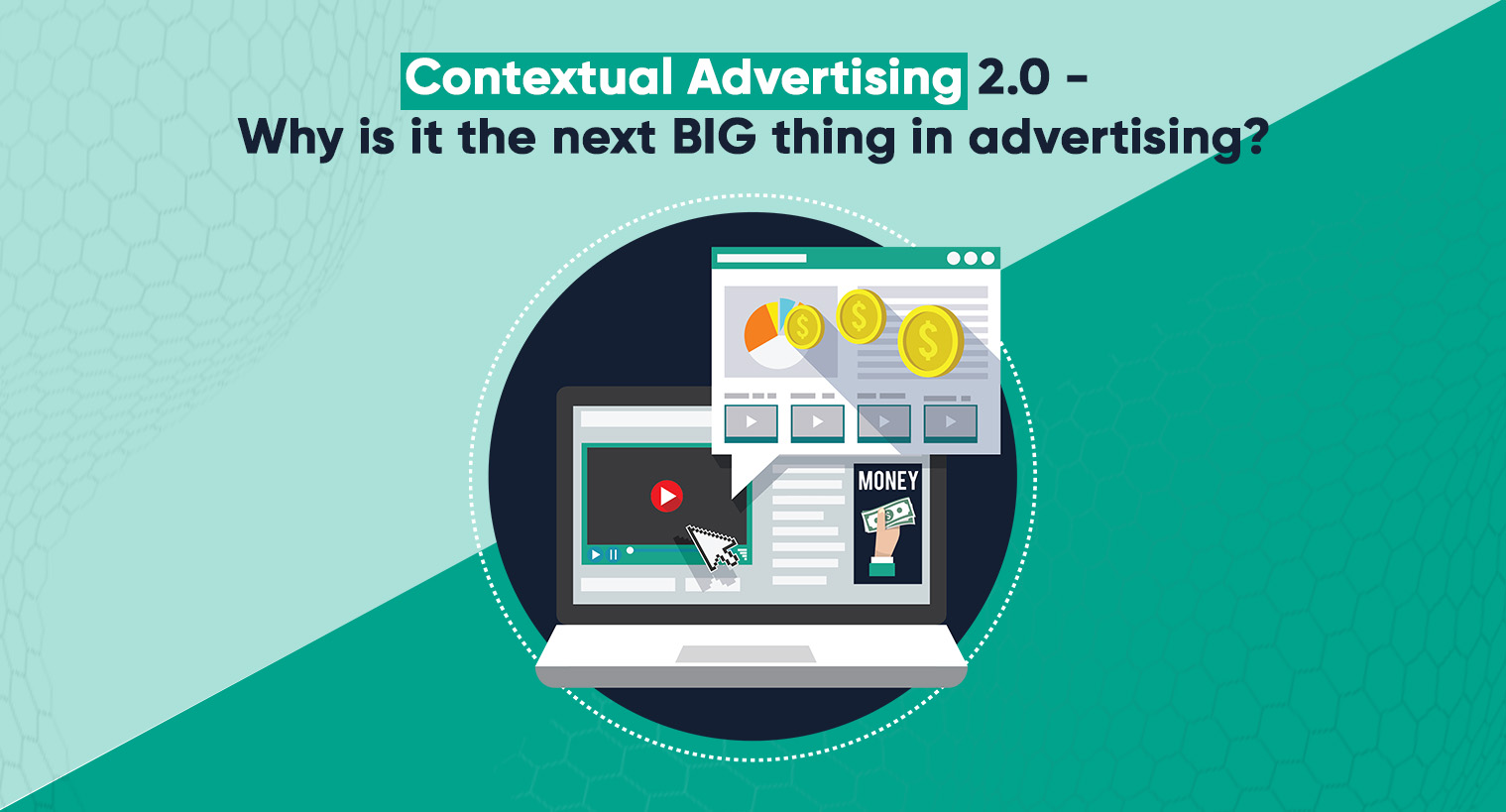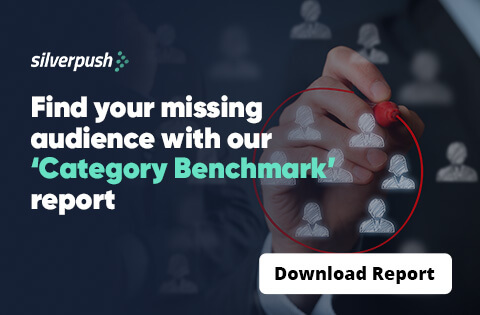UK Programmatic Advertising Spending & Trends in 2024
PUBLISH DATE: 18 June 2024
In 2023, programmatic advertising spending in the UK reached roughly £30.6 billion. The programmatic display advertising market is projected to grow by 12.6% in 2024, bringing it to within just four percentage points of becoming fully programmatic. This highlights how integral this technology has become to the UK ad industry. On the other hand, mobile programmatic ad spending increased at a similar rate of 12.7%. However, Connected TV (CTV) advertising is expected to outperform both, growing by 20.7%, which is 8 percentage points higher.
Programmatic is dominating the market. More than four out of every five (85%) British pounds is conducted programmatically, and this proportion is projected to grow in the coming years. This trend holds substantial global importance.

What is Programmatic Advertising?
Programmatic advertising refers to the automated buying and selling of online advertising space, utilizing software and algorithms to facilitate the process. Unlike manual advertising, which depends on negotiation between publishers and marketers, programmatic buying leverages technology to purchase ad space efficiently.
The UK, being one of the largest digital ad markets worldwide, boasts a high programmatic uptake, making it the third-largest programmatic ad market globally. With programmatic ad revenues reaching approximately 38 billion USD in 2023, the British market is surpassed only by the United States and China.
Here are the key aspects of programmatic advertising:
- Automation: Unlike traditional ad buying, which involves manual processes and negotiations, programmatic advertising uses automated systems to purchase ad space. This makes the process faster and more efficient.
- Real-time Bidding (RTB): One of the most common forms of programmatic advertising is real-time bidding. In RTB, ad impressions are bought and sold in real-time auctions that occur in milliseconds before a webpage load for a user. This allows advertisers to bid for ad space based on the user’s profile and the likelihood of the ad’s success.
- Data-driven: Programmatic display advertising relies heavily on audience data to target ads. Advertisers use data from various sources, including user demographics, behavior, and interests, to ensure their ads reach the right audience at the right time.
Notable Key Trends in Programmatic Advertising in 2024
1. CTV Advertising
CTV is becoming one of the main focal points for UK media buyers. A global survey indicated that 85 percent of marketers expect to increase their CTV ad spend in 2024 as viewers switch from cable and satellite to over-the-top (OTT) video content. (Source: Statista)
2. Advanced Integrated AI and Machine Learning Support
The integration of advanced AI & ML is transforming the programmatic ads industry, redefining the conception & inclusion of Ad campaigns. These cutting-edge technologies can now analyze vast quantities of data with remarkable speed and accuracy, significantly enhancing advertiser’s ability to comprehend & predict consumer behavior. With the capabilities of AI & ML, advertisers are able to optimize their campaigns dynamically. Through this process, the delivery of highly targeted & personally relevant advertising experiences is possible for every consumer.
3. Cookieless Advertising
Among the evolving trends in programmatic advertising, the shift away from cookies is particularly unpredictable. Google’s planned discontinuation of cookie support has been a topic for years. Initially set for the second quarter of 2022, it was delayed to 2023, and now it has been postponed again to 2025, giving advertisers more time to adapt.
Third-party cookies play a crucial role in various advertising functions such as targeting, frequency capping, measurement, and attribution. With the impending phase-out of cookie support by Google and other platforms, alternative solutions are necessary.
Proprietary data offers a wealth of valuable insights for advertisers, including user preferences and purchasing patterns. This data opens up numerous possibilities and can be leveraged in several ways, such as:
- Expanding the scope of user data.
- Addressing registration obstacles.
- Enhancing audience segmentation and contextual targeting.
4. Programmatic Digital Out-Of-Home Will Reach New Heights
In 2024, programmatic digital-out-of-home (pDOOH) advertising is expected to grow significantly. Spending on pDOOH ads is projected to increase by 57% from 2023 to 2028, reaching $15.53 billion. This growth shows how effective and innovative pDOOH advertising has become. Most marketers trust pDOOH because it provides a safe environment for brand messages. Two out of three marketers believe it ensures brand safety. Brands that can make memorable and eye-catching ads for pDOOH will benefit the most. These ads should be personalized, interactive, and immersive to attract and engage audiences effectively.
5. Various Forms of Advertising in the Programmatic World
In 2024, the integration of AI in creative optimization will become more prominent. Artificial Intelligence tools will leverage data to tailor ad creatives in real time, ensuring that users see the most relevant and engaging formats. Expect to see a rise in video formats and in-app ads, providing a direct connection to customers during their most engaged moments. Dynamic creatives will elevate personalization to new heights, adapting ad content in real time based on user behavior and preferences. This innovation has the potential to revolutionize conversion rates.
Ready to integrate the latest UK programmatic advertising trends into your 2024 marketing strategy? In the UK, programmatic digital display ad spending will account for 96.0% of the overall digital display market this year, highlighting its dominance in sectors like e-commerce. Innovations such as cookieless marketing, personalization, and AI-powered solutions are transforming how businesses market and convert customers. To achieve your business goals and leverage these new technologies, connect with us now!
Navigating Path with Contextual Advertising in a Programmatic Advertising Landscape
PUBLISH DATE: 29 August 2023
In the rapidly changing landscape, a seismic shift is underway. We are living in times when automation has taken center stage in all sectors, especially advertising.
Gone are the days of laborious manual toil for advertisers and publishers alike. Enter programmatic advertising, the game-changer that harnesses data and technology to plan the perfect sync of ads, reaching their intended audience at the precise moment.
The prediction of global programmatic ad spending is to reach 725 billion by 2026. The United States remains the leading programmatic advertising market worldwide. However, advertisers often encounter, two major challenges with programmatic ads:
- Lack of transparency
- Ineffective targeting
The programmatic advertising environment is intricate and opaque, making it challenging for advertisers to comprehend how the advertisements are deployed. As a result, advertisers waste money on ads and overpay. Programmatic advertising falls short of engaging the target audience since it heavily relies on data.
Also Read: What is Programmatic Advertising?
Navigating Path for Advertisers to Overcome Obstacles
Along with these challenges, there is another elephant in the room, the demise of third-party cookies.
With the third-party cookies phase-out, tracking user data will be difficult as they will not have a unique identifier that can be used to track users across multiple websites.
In this evolving landscape, advertisers find themselves at a crossroads.
- They are in desperate need of a solution that offers them a way to overcome the programmatic ad challenges.
- A solution that targets ads without interfering with the user’s privacy.
As a solution, contextual advertising is a ray of hope.
Contextual Advertising as a Solution: How?
In the dynamic realm of advertising, contextual advertising isn’t a newcomer. This methodology which aligns ads with the surrounding content, lost its spotlight as advertisers pivoted towards behavioral targeting, a strategy yielding superior outcomes by delivering personalized ads.
Yet, the relentless pursuit of personalization led to an overindulgence, raising concerns among users about data misuse and their digital safety.
The privacy concerns of users led to the introduction of strict guidelines by GDPR and CCPA along with major browsers banning the use of third-party cookies.
These changes have made advertisers retrace their steps to an older path of advertising– Contextual Advertising.
Contextual display advertising focuses on aligning the ad with the content of the web page rather than emphasizing the user’s data.
The AI-powered system identifies key contexts of the web page’s content and serves the most relevant advertisement based on contextual cues.
For example, a user engrossed in an article about car maintenance encounters an ad spotlighting the latest automobile release by a prominent brand. Here, the connection is made not through personal data but through content relevance.

Contextual targeting 2.0: Why is it better this time around?
As the world moves forward, contextual advertising is pacing up with it! The recent advancements in algorithms have helped advertisers to perform hyper-contextual targeting.
Natural language processing (NLP) is used to analyze the text content of web pages in order to help advertisers understand the context of the content.
Machine learning is used to develop algorithms that can predict the likelihood of a user clicking on an ad. This can enhance the ROIs and ensure advertisers that they are only paying for ads that are likely to be clicked on.
Hyper-contextual targeting is still in its early stages, but it has the potential to revolutionize the way that advertising is targeted. As AI and ML continue to develop, hyper-contextual targeting is likely to become even more accurate and effective, leading to better results for advertisers and publishers alike.
Get Started with Contextual Advertising Today!
AdTech organizations are taking full leverage of this evolving time! Silverpush, a leading ad tech organization, has introduced Mirrors, an AI solution for programmatic contextual advertising.
Mirrors comprehensively identify key contexts across webpages, including text, images, and videos. Utilizing Natural Language Processing (NLP), it identifies keywords and categorizes content. Additionally, AI-powered technology employs video analysis for image recognition, effectively identifying celebritiy name, brand name, and various activities within images.
Furthermore, Mirrors employs semantic analysis on the content of a webpage. This enables the extraction of significant information, including emotions and instances of sarcastic expression. This extracted information contributes to the deployment of relevant advertisements.
Still not convinced? We have more!
Unlocking Advantages
1. Abides by strict privacy guidelines: According to a study, 72% of Americans are concerned about their privacy.
Contextual advertising abides by the privacy guidelines set by GDPR, COPPA, and CCPA as it doesn’t rely on cookies rather it depends on the content the user is consuming.
2. Drives high Return on Investment and Return on Ad Spend: Contextual programmatic advertising leverages the already generated interest of the user. Since the user is already intrigued by the topic, the chances of the user clicking on relevant ads increase significantly.
3. Relevant to the user: The audience demands relevancy, when tailored ads are shown to the user they feel more comfortable. According to a study, 79% of UK consumers are comfortable seeing contextual ads.
4. Brand safe: While focusing on user privacy advertisers also need to focus on their brand’s safety as well. Brands’ reputations must not be compromised at any cost. Wrong ad placements have often led to a damaged reputation and revenue loss. Since ads are placed based on relevancy, brands can ensure that their ads are placed in brand-safe and suitable environments.
Final Thoughts
Contextual programmatic advertising becomes a sustainable choice for the advertising landscape. As tracking methods like cookies are fading away and brands and advertisers are emphasizing privacy-focused targeting approaches.
Combining contextual programmatic targeting with artificial intelligence and machine learning can provide advertisers with valuable information for effective targeting. This approach offers a wide range of insights to help advertisers reach the right audience and fit seamlessly in the evolving landscape.







